According to Rear Admiral DeWolfe H Miller III, director of air warfare (OPNAV N98), work is now under way to examine options for developing the next generation of airborne strike tactical aircraft systems in the face of the evolving A2/AD threat.
"To assure access in the future, the navy is exploring different solution concepts to support the capabilities required of the air wing and strike group of the future," he wrote in the October 2016 edition of the in-house journal Naval Aviation News . "The analysis is expected to generate much more information on the emerging capabilities of systems of systems. A myriad of operational employment concepts will pull out the cost/performance trade-space across the future carrier air wing. At the same time, detailed analysis will generate timely insights into the structural capabilities and limitations of current and future systems."
The process of assessing the capability requirements and associated gaps of the 2030's Carrier Air Wing Strike Fighter force started in 2009 when the navy conducted a capabilities-based assessment study entitled 'Power Projection from the Sea'. This analysis concluded that a family of systems would be needed to deliver the required aircraft carrier-based tactical aircraft capabilities of the future.
Based on those findings, the service developed an initial capabilities document (ICD) to formalise and frame an outline requirement to address the projected operational gaps. The resultant Next Generation Air Dominance (NGAD) Family of Systems ICD was approved by the chief of naval operations in early 2015 and validated by the joint staff in mid-2015.
In May 2016, the service began the NGAD analysis of alternatives (AOA) to formally identify potential materiel solutions and evaluate those alternatives based on cost, performance, and supportability. The navy's NGAD AOA is sponsored by OPNAV N98 in co-ordination with the secretary of the navy's deputy assistant for aviation. The Naval Air Systems Command (NAVAIR) is executing the AOA with extensive external support and co-ordination across numerous external organisations and agencies. The AOA is scheduled to last 18 months, concluding in early 2018.
"Over the past two years, the navy has been in exploratory discussions with research labs, research and development organizations and industry," said Rear Adm Miller. "Technical interchange topics include, but have not been limited to: derivative and developmental air vehicle designs; advanced engines; propulsion; thermal management; weapons; datalinks; mission systems; electronic warfare systems; and numerous other emerging technologies and concepts.
"Currently, the AOA is still considering the widest possible range of trades to balance capability, lethality, affordability, and survivability. Categories of alternatives include investing in follow-on development of current planned systems and platforms, modifying or upgrading existing systems or platforms, and developing materiel capabilities in the form of new systems or platforms.
"The AOA is also evaluating manned, unmanned, optionally manned, and 'teamed' options to fulfil predicted mission requirements and meet expected threats. The solution may be comprised of a family of systems across multiple domains rather than simply focusing on a single aviation platform. Equally important has been the detailed evaluation of techniques of operational analysis, cost and performance modelling tools, and simulation to provide traceable decision-space for leadership. At this point, the navy AOA team has not down-selected any categories of alternatives from the analysis."
The final AOA report is intended to provide USN leadership with a recommended solution concept or sets of solutions. "Down the road, the recommended solution concept or concepts will become more specific, with detailed requirements, engineering parameters, and system attributes for a recommended system or system of systems," Rear Adm Miller said. "The solution concept may also guide an acquisition strategy, programme plan, structure, execution goals, and timeline. For now, the analysis is focused on generating the best options for the navy."
The US Air Force is in the meantime moving forward with a similar study. "Although both the navy and air force are performing independent analyses, the efforts are synchronised," observed Rear Adm Miller. "The AOA teams openly share perspectives to functionalise interoperability, improve efficiency, and effectively leverage the knowledge base of both services. This includes the sharing of technologies, analysis, modelling and simulation, threat assumptions, and operational scenarios."

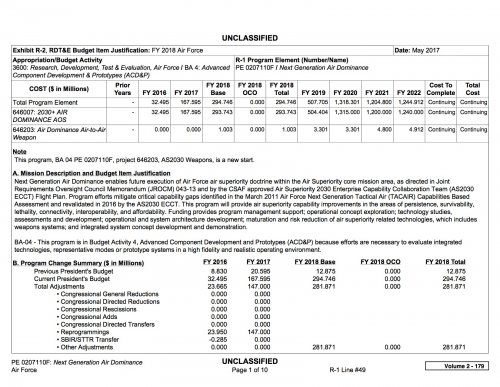
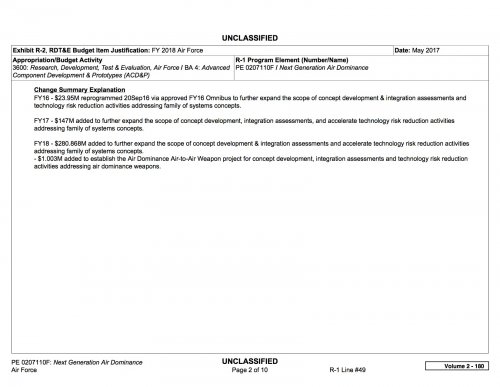
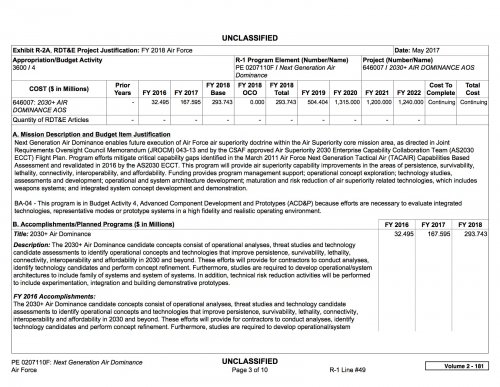
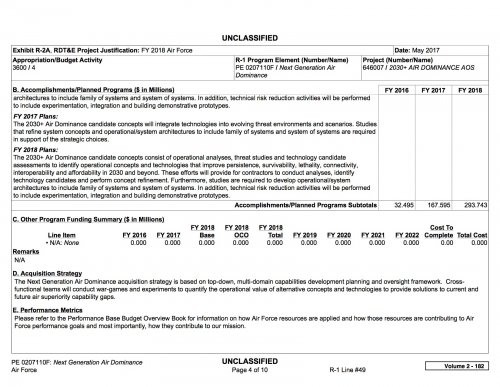
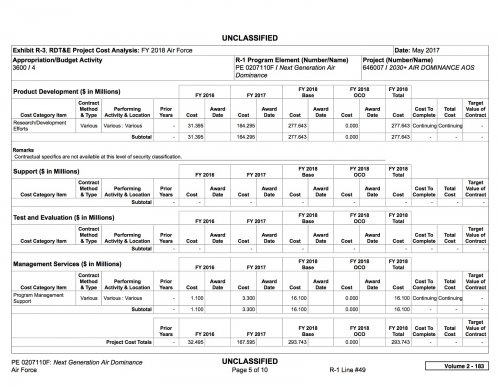
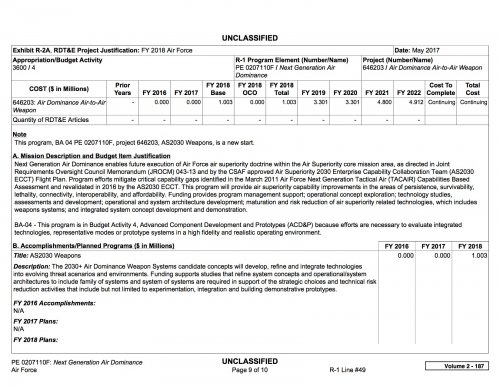
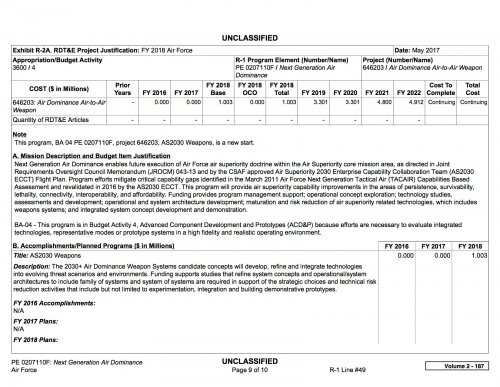
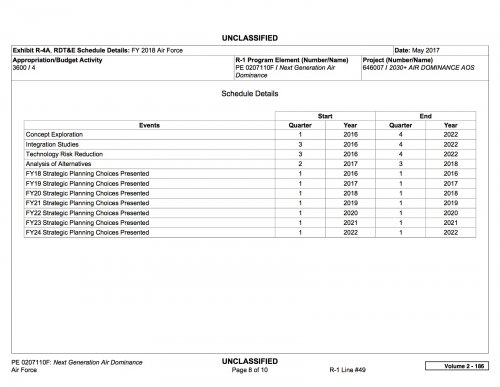
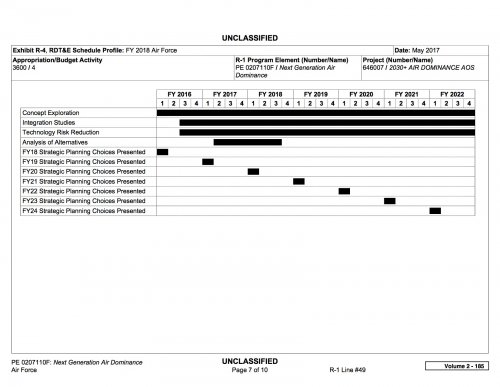
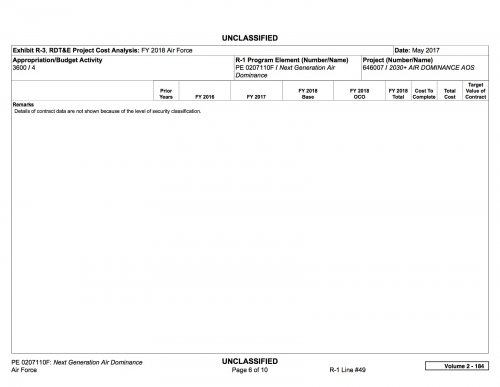


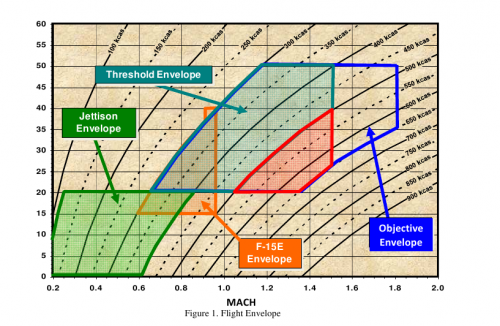
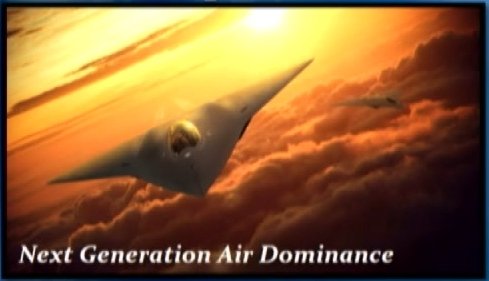
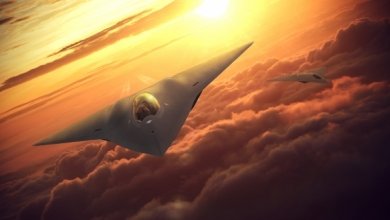
![157603130-secure-m3u8.mpg_snapshot_16.54_[2017.06.18_19.01.13].jpg](/data/attachments/133/133977-2b8b4f55e75d77ec0ebf445bc9813223.jpg)